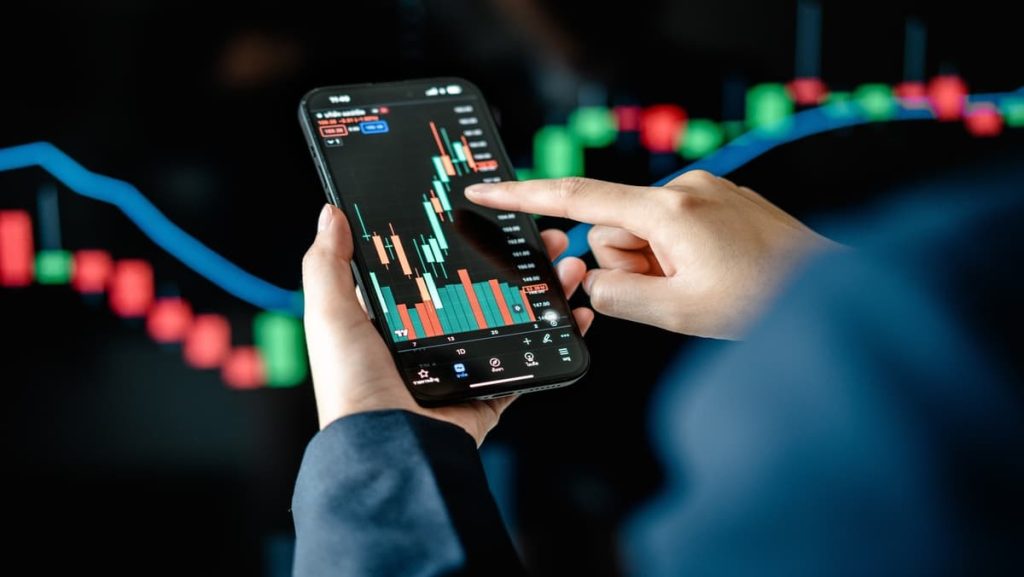Copy trading is often marketed as a hands-off way to participate in financial markets. By automatically mirroring the trades of seasoned professionals, users can gain exposure to the markets without having to make complex decisions. But there is a common concern, especially among serious investors: does using copy trading mean giving up control?
The answer is no. In fact, with the right platform and mindset, you can maintain a significant level of control while still enjoying the benefits of automated strategy replication.
Defining Control in Copy Trading
Control in this context does not mean micromanaging every trade. Rather, it refers to your ability to:
- Choose who to follow and how much to allocate
- Set limits and risk parameters
- Exit positions or stop copying at any time
- Monitor performance and make adjustments when needed
These elements of control are present in most reputable copy trading platforms, but many users do not fully explore them.
Choosing Traders Strategically
One of the biggest points of control is the initial decision of who to copy. This is not a choice to be made lightly. You can review trader profiles, performance metrics, risk scores, and even their trading philosophies. By doing your homework, you remain in charge of aligning your capital with someone whose approach fits your comfort level.
You are not handing over your account to the trader. You are simply instructing the system to mimic their trades within the boundaries you set.
Setting Parameters for Risk Management
Nearly every modern copy trading platform allows users to apply their own risk management filters. These can include:
- Maximum drawdown limits
- Trade size limits relative to your account
- Equity stop-outs or trailing stop-losses
These tools enable you to keep the copied strategy in check, ensuring it never exposes your portfolio to unacceptable losses.
If a trader changes their behavior, takes excessive risk, or experiences a performance decline, you can intervene immediately by adjusting your settings or discontinuing the copy arrangement.
Diversification as a Control Mechanism
Another form of control is diversification. You do not need to follow just one trader. By allocating smaller portions of your capital to multiple traders with different strategies and timeframes, you reduce your reliance on any single performance source.
Diversifying allows you to spread risk and adapt more flexibly as market conditions evolve. It also prevents you from being locked into a strategy that may underperform in certain environments.
Real-Time Monitoring and Decision-Making
Copy trading does not remove the need to stay engaged. In fact, regular monitoring of your portfolio is essential. Most platforms offer dashboards that show current open trades, performance statistics, and risk levels.
If a trader you follow starts to behave differently such as changing asset focus or taking fewer trades, you can take proactive steps. This ongoing oversight ensures you are not just blindly following but actively managing your copy trading experience.
Staying Informed Without Intervening Excessively
Maintaining control does not mean constantly overriding trades or second-guessing every move. It is about setting clear parameters and making adjustments when necessary. Avoid the temptation to interfere too often, which can lead to inconsistent results and missed opportunities. Trust in your initial research and use monitoring as a safety net, not a reason to panic.
Yes, you can absolutely use copy trading and still stay in control. It requires choosing the right traders, applying robust risk settings, diversifying intelligently, and staying informed. Rather than being a passive participant, you become an informed strategist using automation to complement your goals. Copy trading, when approached thoughtfully, puts you in the driver’s seat, while letting experienced traders handle the steering wheel.




